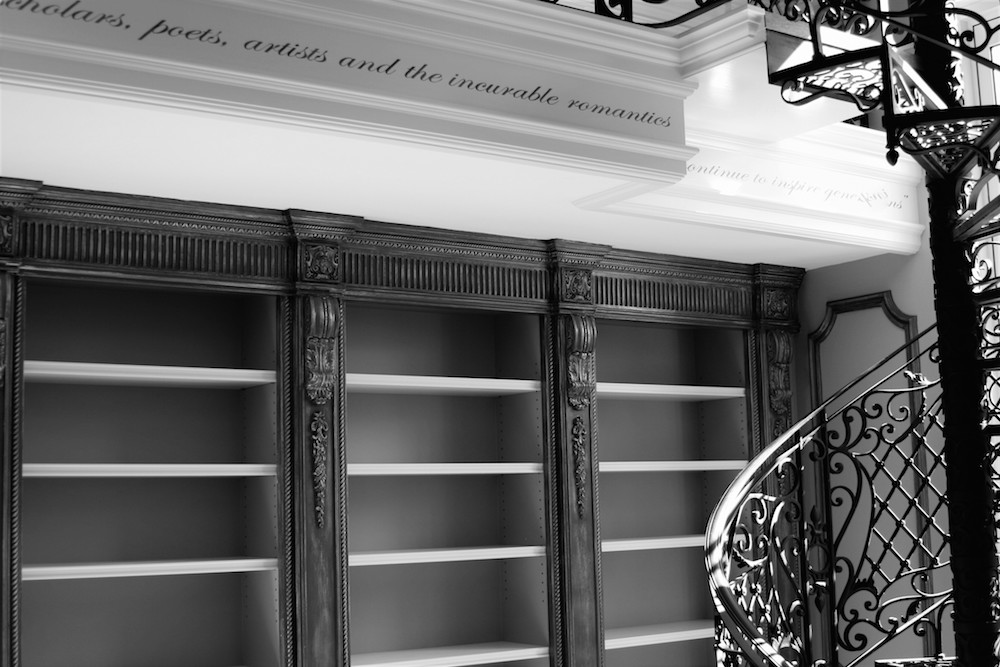
Who does what ?
In the developing field of interior architecture it is often asked ‘How does the role of an interior architect Sydney residents might employ differ from that of an interior designer, and for that matter, what is the role of an interior decorator?’ Is this merely different language for the same thing? Let’s start with the more obvious – that of the role of the interior decorator, whose involvement in a project usually comes towards the end. Commonly an interior decorator is solely concerned with the aesthetics of the building, the finishing touches to an interior scheme. They provide the embellishments and this may include, furniture and soft furnishings, colour consultation, selection and hanging of art works, window treatments and floor coverings. They are involved with the artistic side of design, and less with the hard surfaces and technical elements. Their skill set is primarily one of aesthetic detailing and interior trends. An interior decorator embellishes the space whereas interior designers and architects manipulate the space. Typically it takes considerably less time to study for a qualification to be a decorator.
Interior architecture is more a science than a role
The roles in which that of an interior designer and an interior architect vary are less obvious and many misperceptions can arise. The skill sets of the two professions have many similarities, both will be present at the inception of the project and both will be instrumental in the narrative and intelligent use of the space, they will equally be responsible for the selection of materials and finishes. Both practitioners will have a thorough understanding of the Elements and Principles of design, spatial planning and design development, thereby creating spaces that encourage human interaction and embrace the way in which interior architecture influences and enhances the way in which people inhabit their living spaces; however, owing principally to advances in design technology and design education the role of the interior architect has become broader.
Interior designers commonly do not get involved in any structural manipulation and are concerned primarily with the interior finishes whereas the interior architect stands out in those technical areas such as plumbing and electrical, lighting, ventilation, ergonomics and in particular, pays a lot more attention to the construction detailing, having a thorough understanding of the fundamentals of building and construction and will be at ease with the ‘nuts and bolts’ during the development. Parallels can be drawn to that of a builder or project manager. An interior architect will be more comfortable with the technical selections of products and materials, drawing on their builder’s knowledge and understanding of construction with a more design orientated and conceptual approach to thinking than that of a builder, the interior architect may wear many hats.
It’s also worth noting that both practitioners may be very proficient interior decorators too and may well be there at the very end of the project adding those final flourishes. We must also bear in mind that the role of two interior designers may vary enormously, and correspondingly, the role of two interior architects could be quite different. Both professions require the individual to build their skill sets over a long period of time. Today a growing number of architecturally savvy designers are leaving Universities and much credence is placed on the qualification that they acquire. In reality, the real learning begins in the workplace and is gradually established over many years, the roles of both continue to be redefined and it is rare to find a person with the skillset to cover all aspects comprehensively and only acquired through extensive and varied experience, for most, the science of interior architecture becomes a life’s work.
An interior architect reassembles interior space
In conclusion, an interior architect will generally do everything architects do, except they start with a building envelope. Everything within this pre-existing shell can be re-structured if necessary. It can range from minor building reorganisation to total refurbishment. Theoretically, an interior architect’s main concern is the reassembly of the interior space, it is more science based than that of the role of Interior designer; a building is often redesigned on the interior only with the original shell of the building remaining unchanged and less time may be spent on the decorative and soft furnishings side.




